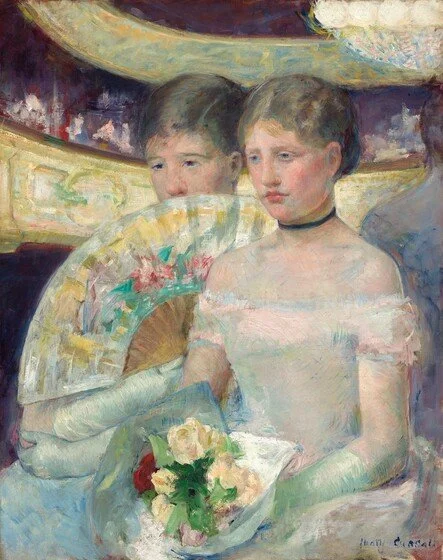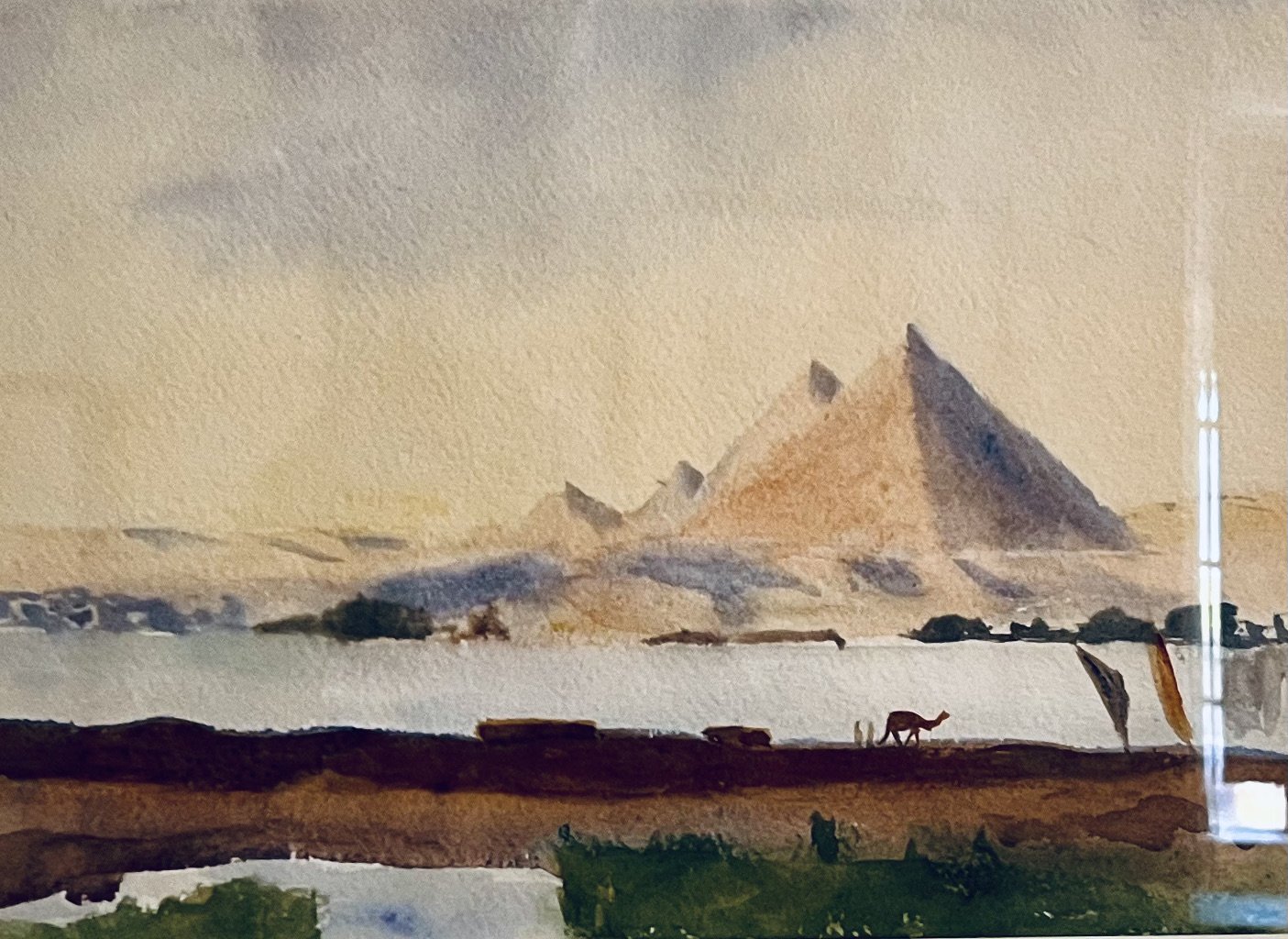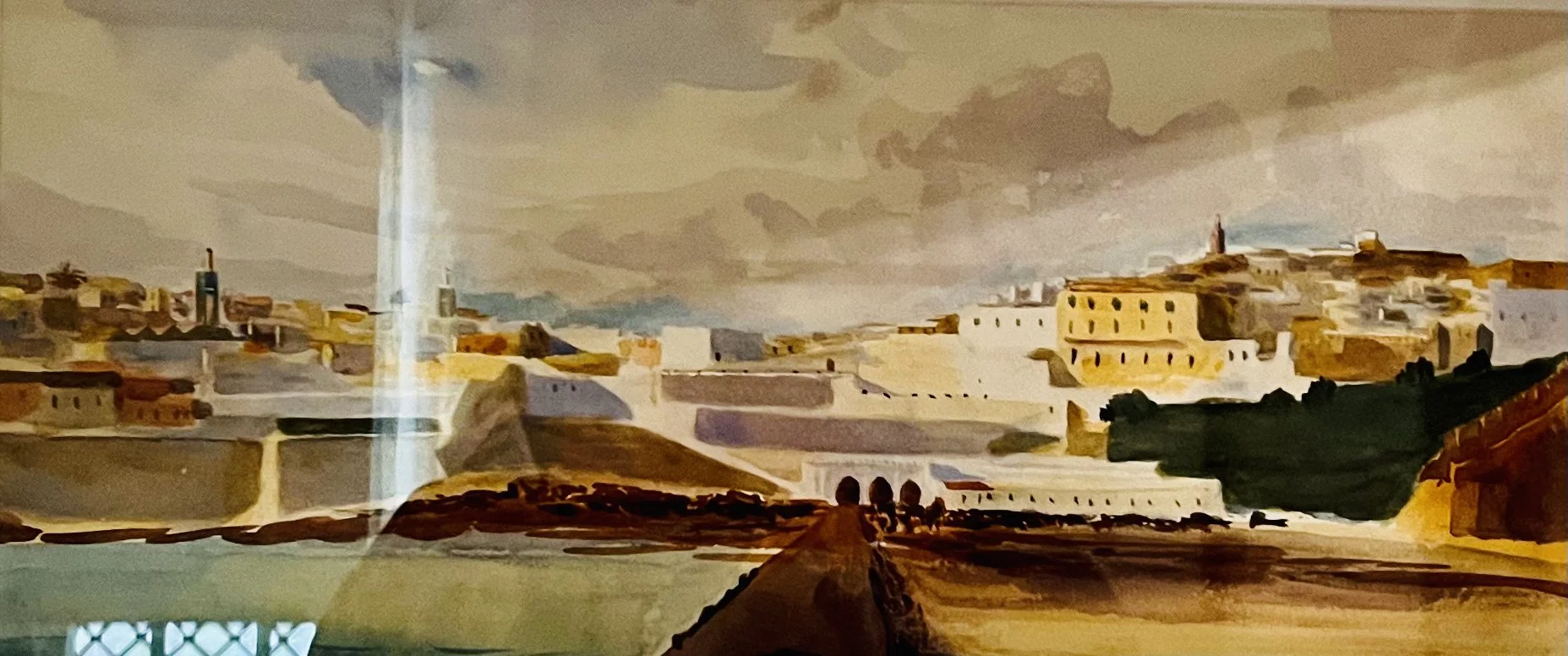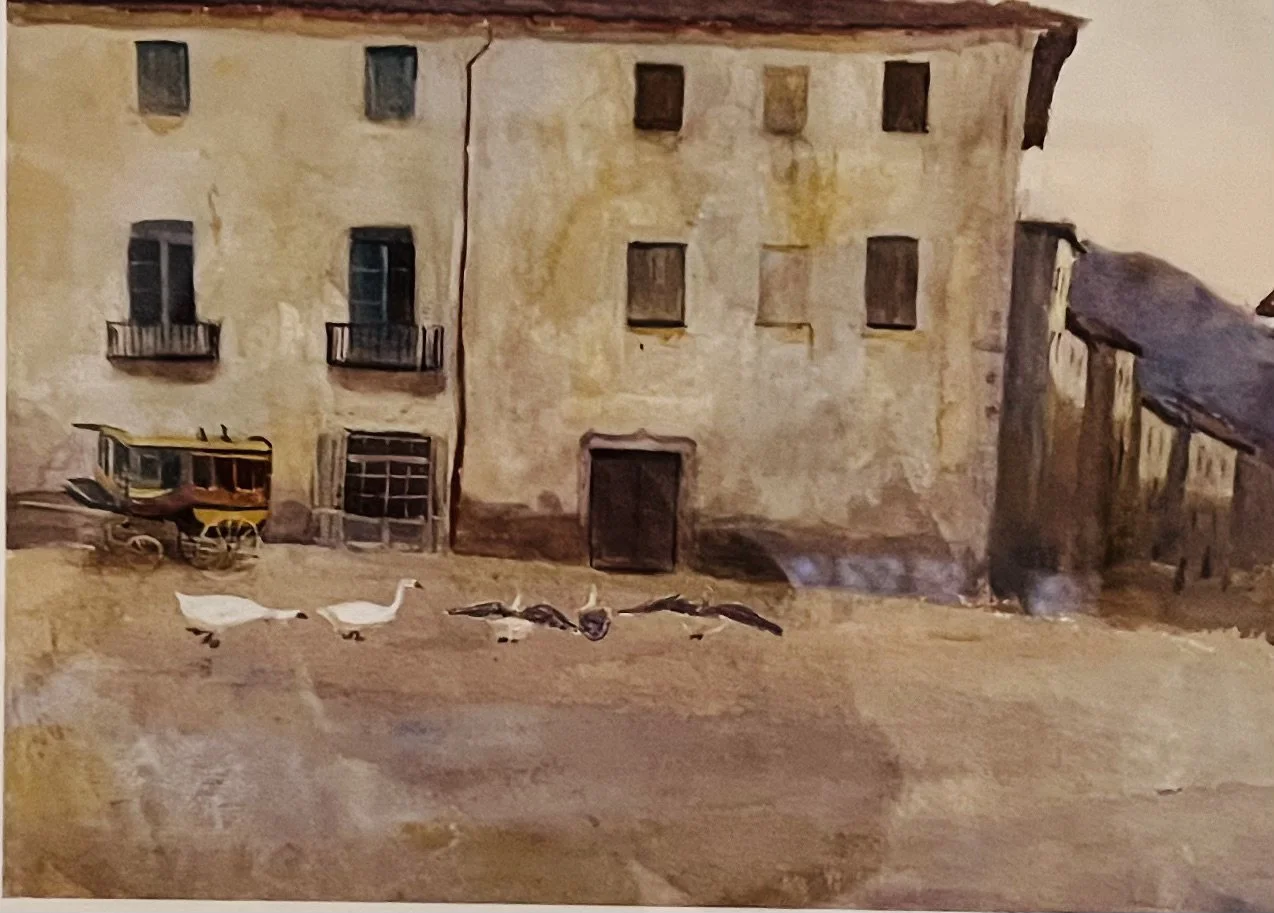Emily in Broadway
In 1884 American painter John Singer Sargent presented in the Paris Salon his portrait of Virginie Amélie Avegno Gautreau —a famous and gorgeous high society persona of the times, of an ambivalent reputation for the strict but prone to gossip Parisian aristocracy circles —, in an impressive (velvet I would imagine) heavy black dress revealing much of her marble-white skin, rather more than the Parisian art lovers' morals could afford. Moreover, the chain strap of this extraordinary dress was slipping, producing even more intense moral dysthymia.
Madame X (1884) by John Singer Sargent, with the strap down.
Madame Gaudreau was a beauty of her times and had several romantic relationships outside her marriage —with the banker Gaudreau who had twice her age—, known-not-known to her high society background. But gossip was just gossip, secret and under the hypocritical surface of social life. Whatever might imply publicly an aristocrat woman's "depravity" was an unacceptable insult to the common ethics. And the gossip existing an image such provocative —for the time being— wasn't to be accepted as less than an open implication of this kind.
Madame Gaudreau was automatically stigmatised, and the whole issue was considered a scandal.
The famous portrait, known today as Madame X (1884), was repainted with the strap on the shoulder and then was hidden (almost) forever. Sergent, in his peak of fame, had to confront an outburst of degrading and humiliating criticism. At the same time, beautiful Virginie was treated so disrespectfully that she had to withdraw from Paris for the rest of her life.
By John Singer Sargent (American, Florence 1856–1925 London) (1856 - 1925) – ArtistDetails of artist on Google Art Project - 4QGaPNGLuGOBCw at Google Cultural Institute maximum zoom level, Public Domain, https://commons.wikimedia.org/w/index.php?curid=26126772
Obviously, Sargent was not expecting something like that. Maybe a light scandal that could increase his fame as "there is no such thing as bad publicity" (or as Oscar Wilde had wittily expressed it, "The only thing worse than being talked about is not being talked about"). However, in this case, the publicity was far more than just bad. The public was so angry that they attacked Sergent and his artistic skills rudely. To protect his name and mental peace, he left Paris and went to the UK.
Meanwhile, or rather some years ago, in 1880, the famous art and craft pioneer and socialist William Morris leased a tower near the small and peaceful village of Broadway. The bizarre Broadway Tower, more than Morris' country holiday retreat, became a creative node for artists and writers of his circle while at around the same time Francis Davis "Frank" Millet came into a nearby villa to broaden the circle. This way, the famous Broadway Colony of Artists was created and eventually attracted the "fugitive" Sargent, who stayed there for two years and made one of his most important impressionists works, the Carnation, Lily, Lily, Rose, (1885-86).
By John Singer Sargent - lAGrEoFGzGZEEQ at Google Arts & Culture Tate Images (http://www.tate-images.com/results.asp?image=N01615&wwwflag=3&imagepos=1), Public Domain, https://commons.wikimedia.org/w/index.php?curid=13459122
Many stories could be told about the colony, its famous visitors —like Henry James—, the tragic death of Millet in the Titanic, Morris' inspiration for the formation of the Society for the Protection of Ancient Buildings, Sargent's swift to impressionism etc. What I recently discovered in my short trip to Broadway village a week ago, and while visiting Broadway Museum and Art Gallery, is Emily Sargent’s beautiful watercolour paintings that are exhibited there for the first time ever.
Emily Sargent’s portrait by John Singer Sargent (1877)
Now, the 19th century was not exactly an ideal time for a woman to be a painter. The male artistic status quo considered women capable only of Sunday painting, and most women painters had no opportunity to obtain a formal artistic education. Great talents like Marie Bracquemond were discouraged from painting by their husbands, family and social circles. The brave ones who continued were pushed into trivial themes like flowers, domestic scenes and landscapes.
However, some very bright examples had started gradually to rise. American artist Mary Cassatt had already settled in Paris and created a circle of aspiring women painters; Louise Catherine Breslau had her own studio while Berthe Morisot presented her work in the first Impressionist exhibition in 1874.
Mary Cassatt, The Loge (1882)
Emily Sargent, one of John Singer Sargent's younger sisters, seems to have been a talented and prolific painter. Both their parents, after all, had distinctive artistic talents, and the family lived a relatively cosmopolitan life with many travels around Europe, visiting numerous museums that might have offered her inspiration and creative education.
Emily Sargent, Cairo (1928)
She was born in Rome in 1857 and travelled a lot with her family, and as we can see from her paintings, she probably continued travelling till late age. What is certainly known is that she often followed her brother John and her sister Violet to the European Alps.
Drawing inspiration from her voyages and with unavoidable influences by her famous brother and his friends — John was a close friend of Monet, Millet and Dennis Miller Bunker, among other artists— Emily developed a smooth personal, impressionistic artistic idiom expressed only in watercolour landscapes. But these landscapes are stunning; they have an excellent technique, with soft tones, comforting synthesis' balance and tenderness in their theme selection and detail. Her images are peaceful but detached. She is always somewhere far, watching the scenery from a distance.
Emily Sargent, Coastal City Scene
We don't know if Emily had any ambition towards an artistic career or just painting as a hobby. Being in the shadow of such a massive name as John Singer Sargent could not be easy for an artist, especially a female.
Emily Sargent, Street Scene, Cambrodon (1917)
Today it is rather difficult to find anything about her, at least in a brief web research. There are some of her works in the Metropolitan Museum and Tate (although with non-available images online), but nothing about her personal life or her actual relationship with painting.
In the Broadway Museum and Art Gallery, there is a small selection of her works in the exhibition An Artist's Legacy: Sargent, his Sisters and Their Friends.







